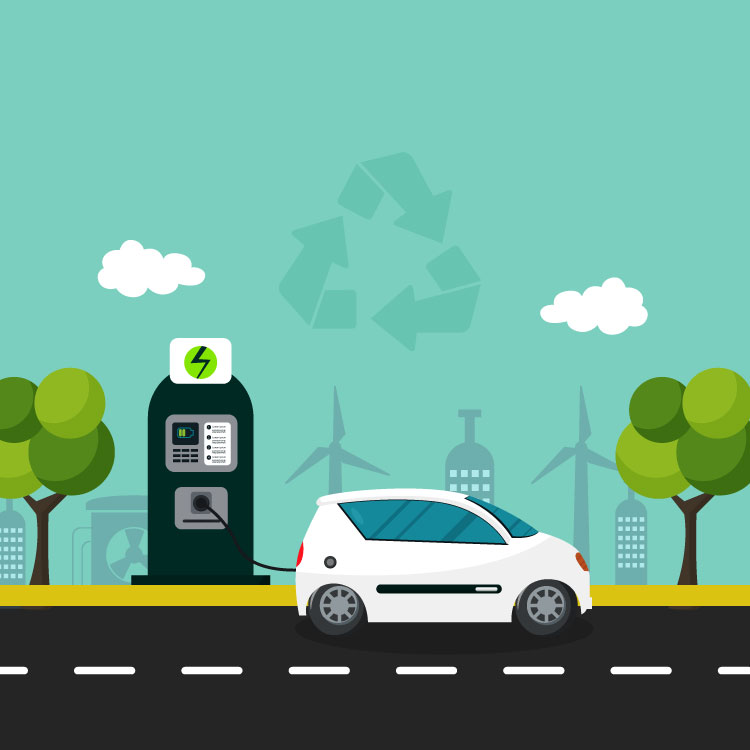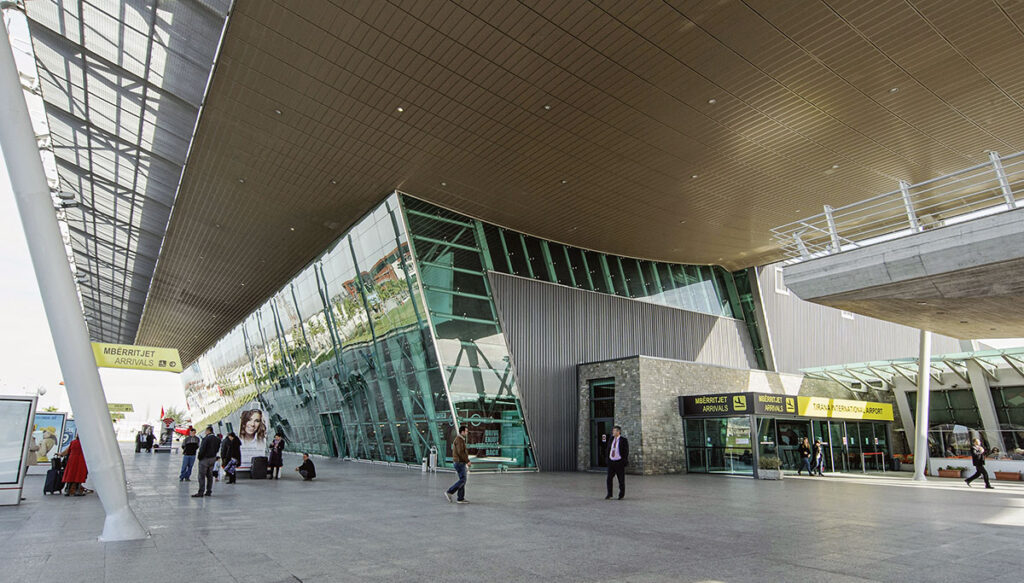Mobility is entering a new age of innovation. We examined regional trends across the world to explore the complex changes that could transform the sector by 2035.
Electrification and Sustainable Practices
One of the most prominent trends shaping the future of mobility is the widespread adoption of electric vehicles (EVs). Governments worldwide are implementing stringent emission regulations, propelling the automotive industry towards sustainable alternatives. By 2035, it is projected that a significant majority of vehicles on the road will be electric, fostering a cleaner and greener transportation ecosystem. This transition is not limited to personal vehicles; public transportation systems and even freight are expected to embrace electrification, mitigating the environmental impact of traditional fossil fuel-powered transportation.


Autonomous Vehicles and Smart Infrastructure
The advent of autonomous vehicles is set to revolutionize the way we perceive transportation. By 2035, self-driving cars are expected to be a common sight on roads, offering increased safety, efficiency, and convenience. These vehicles will be interconnected with smart infrastructure, facilitating seamless communication between vehicles and traffic management systems. The integration of artificial intelligence and advanced sensors will enable autonomous vehicles to navigate complex urban environments, reducing congestion and enhancing overall traffic flow.
Shared Mobility and the Rise of Mobility-as-a-Service (MaaS)
The concept of ownership is undergoing a paradigm shift, with an increasing emphasis on shared mobility. By 2035, traditional car ownership may become obsolete for many urban dwellers. Instead, Mobility-as-a-Service platforms will offer a comprehensive and integrated approach to transportation. Users can seamlessly transition between various modes of transport, from ride-sharing to public transit, using a single platform, optimizing efficiency, and reducing congestion. This shift towards shared mobility is not only economically advantageous but also contributes to minimizing the environmental footprint of transportation.

Hyperloop and High-Speed Rail Networks
Beyond the roads, the future of mobility extends to high-speed rail networks and futuristic transportation systems like the Hyperloop. By 2035, major cities around the world are expected to be connected by ultra-fast, energy-efficient transportation systems. These innovations will drastically reduce travel times, making distant regions more accessible and interconnected. High-speed rail and Hyperloop projects are not only technological marvels but also represent a sustainable solution to the increasing demand for rapid and efficient long-distance travel.

Urban Planning and Micro-Mobility
As urbanization continues to accelerate, cities are rethinking their approach to mobility. By 2035, urban planning will be increasingly centered around creating pedestrian-friendly spaces, prioritizing public transit, and integrating micro-mobility solutions such as e-scooters and e-bikes. Last-mile connectivity will become more efficient, reducing reliance on traditional personal vehicles and contributing to the creation of healthier and more livable urban environments.
The future of mobility is an intricate tapestry woven with threads of innovation, sustainability, and connectivity. By 2035, the transportation sector is poised to undergo a profound transformation, offering a glimpse into a world where mobility is not just a means of getting from point A to point B but an interconnected, sustainable, and intelligent ecosystem. As we navigate this evolving landscape, collaboration between governments, industries, and communities will be paramount to realizing a future of mobility that is efficient, inclusive, and environmentally conscious. The journey has just begun, and the road ahead holds the promise of a dynamic and revolutionary era in transportation.






